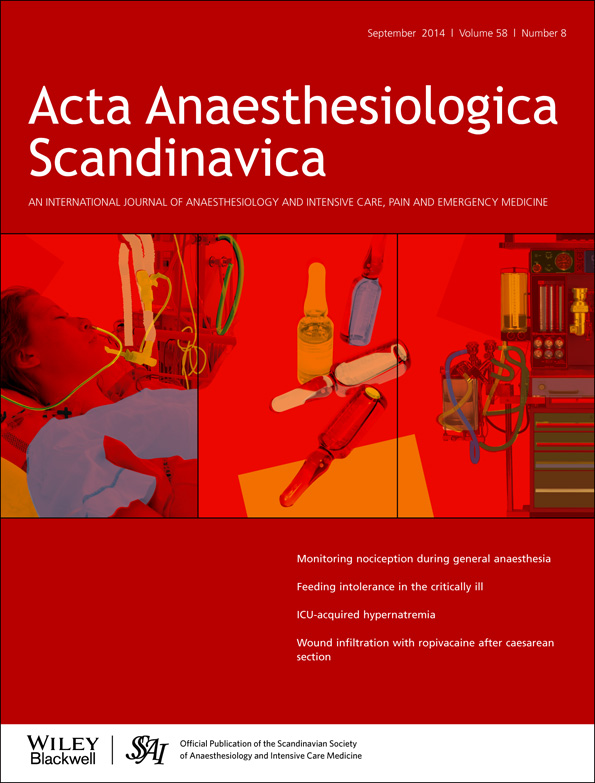Perioperative regimes for patients undergoing elective hip or knee arthroplasties
Impact of nutrition and anaesthetic technique on recovery
Abstract
Background
Elective knee and hip arthroplasty are common surgical procedures. Improved anaesthetic and nutritional care has the potential of increasing patient satisfaction and reducing length of hospital stay (LOS). The overall aim of this thesis was to evaluate the effect of perioperative nutrition and different anaesthetic techniques on per- and postoperative outcome after elective total hip arthroplasty (THA) or total knee arthroplasty (TKA).
Methods
In this thesis, prospective, randomised trials were performed in 358 patients.
Results
Patients undergoing THA received an oral carbohydrate or placebo drink in a randomised controlled trial 90 min before and 120 min after surgery. The treatment resulted in less hunger and nausea and reduced pain compared with placebo. When intrathecal anaesthesia (ITA) and traditional intra- and postoperative care was compared with general anaesthesia (GA) combined with accelerated postoperative care for TKA, the LOS was reduced without adversely affecting pain or total satisfaction. TKA patients given identical perioperative treatment were randomised to either ITA or GA, and GA resulted in shorter LOS, less nausea, vomiting and dizziness. GA patients also required less postoperative analgesics and had lower pain scores. Patients receiving ITA indicated that they would like to change their method of anaesthesia in the event of a subsequent operation. THA patients receiving either ITA or GA resulted in similar findings as in the TKA study. In conclusion, this thesis shows that perioperative carbohydrate administration has a limited beneficial effect on THA patients. Accelerated postoperative care and GA has favourable recovery effects when compared with ITA and traditional postoperative care. When GA was compared with ITA in a Fast-Track set-up, GA resulted in a more favourable recovery profile for patients undergoing THA or TKA. Both TKA and THA patients preferred GA in case of a future operation.




